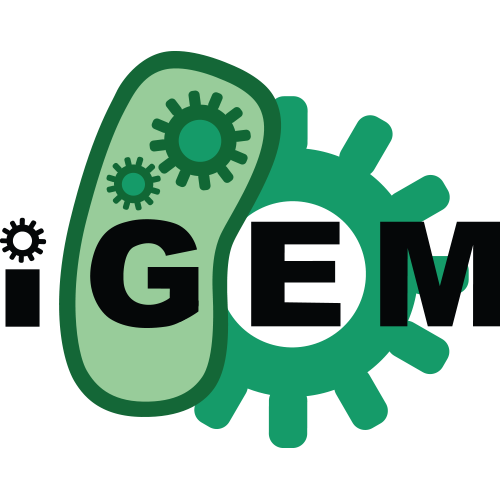| Types | DnaRegion
|
| Roles | CDS
Coding
|
| Sequences | BBa_K1716000_sequence (Version 1)
|
Description
Recombination-mediated genetic engineering (recombineering) utlises homologous recombination to facilitate genetic modifications at any desired target by flanking the mutated sequence with homologous regions. Multiplex Automated Genome Engineering (MAGE) is a method for rapid and efficient targeted programming and evolution of cells through cyclical recombineering using multiple single-stranded DNA oligonucleotides (oligos). The MAGE protocol utilises the λ Red recombination system in combination with an (temporary) inactivation of the mismatch repair system and consists of 7 steps that can be done with standard laboratory equipment (Wang, 2009). As MAGE utilises oligos, only the Beta protein of the λ Red system is required. This BioBrick encodes an optimised coding sequence for lambda phage derived beta recombinase. When expressed in Bacillus subtilis, oligo recombineering efficiencies were increased. (Please see results).
Notes
The original nucleotide sequence from E. coli () was optimized for expression in Bacillus subtilis using JCat
Source
Gene product from E. coli phage lambda.
